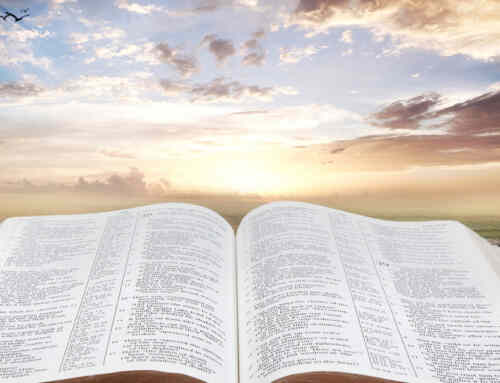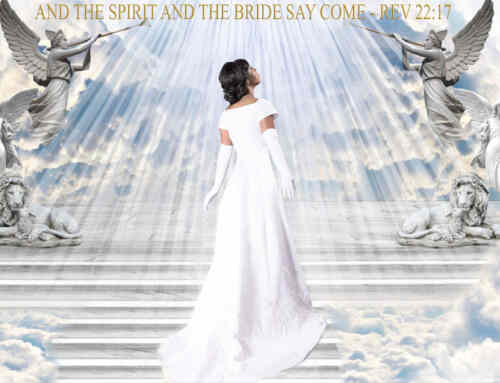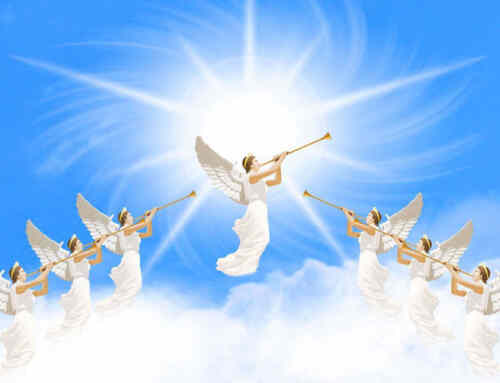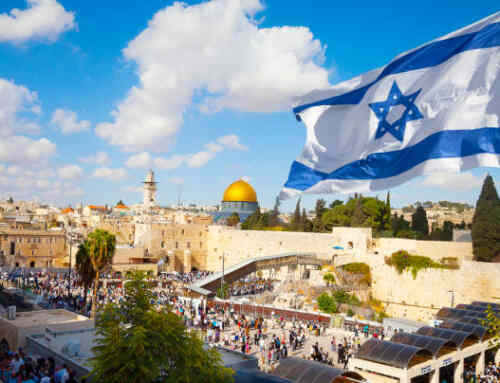The Ten Commandments given to Israel at Mount Sinai declared, “Thou shalt have no other gods before me,” and, “You shall not make for yourself an idol in the form of anything…” They were commanded not to make gods of silver or gold (Exodus 20:23), and they were to worship God alone.
Secular sources explain that Molech, also spelled “Moloch,” was an ancient near-eastern (Ammonite) deity who was worshipped by the Canaanites.
(Source: Raymond Brown, The Message of Deuteronomy, p. 146) “Canaanite worship was socially destructive. Its religious acts were pornographic and sick, seriously damaging to children, creating early impressions of deities with no interest in moral behavior. It tried to dignify, by use of religious labels, depraved acts of bestiality and corruption. It had a low estimate of
human life. It suggested that anything was permissible, promiscuity, murder or anything else, in order to guarantee a crop at harvest.”
Some sources suggest Molech was associated with the Babylonian god of the sun; others that it is another name for Baal; still others suggest that Molech was a rebellious angel. Some authorities regard “Molech” as a title that could refer to more than one idol, or that it is possibly just another name for human sacrifice. The Semitic root of the word can also mean “king.” In the Hebrew language, the vowels connote shame or something abhorrent.
In Leviticus 18:21, the Israelites were told not to give any of their children in sacrifice or to allow them to “pass through the fire,” thereby dedicating them to the service of Molech. In Leviticus 20:2-5, God decreed that anyone who gave any of his children to Molech must be stoned to death as punishment (See Deuteronomy 12:31, 18:10-13).
King Solomon (1 Kings 11:7), under the influence of his foreign wives, built “high places” for the worship of Molech and other idols. Evil Kings of Judah, Ahaz and Manasseh, (2 Kings chapters 16 and 21) even sacrificed their own sons in the fire to Molech.
Good King Josiah established religious reforms and destroyed their “high places” (“Topheth” in the valley of Hinnom) so no one could use the place of burning to sacrifice their sons or daughters to Molech (2 Kings 23:10). Isaiah 30:33 described Topheth as a deep, wide, fire pit.
In Jeremiah 32:25, the sacrifice of Israel’s sons and daughters to Molech was declared a “detestable thing.”
Jeremiah 17:31 predicted the land of Israel would become desolate because of the sacrifice of their children. In Jeremiah 49:1, we learn the tribe of Gad was overtaken by the Molech-worshipping Ammonites.
Ezekiel 20 confirms the people of Israel turned away from God and defiled themselves.
Zephaniah 1:5 continues a warning of destruction promising God will “cut off” those who “bow down and swear by the Lord, and also swear by Molech.”
In the Septuagint translation, Amos 5:26 refers to God’s continuing anger with Israel because they “lifted up the shrine of Molech.”
Stephen’s speech to the Sanhedrin in Acts 7:43 reviewed that the Babylonian exile was a consequence of Molech worship.
Psalm 106 provides a historical summary about how Israel had sacrificed their children to demons and were oppressed by their enemies. It appears the experience had some effect – the postexilic prophets (the period of Jewish history between the end of the exile in Babylon in 538 BC and 1 AD) do not refer to Molech worship.
In most fiction and Greek historical accounts, the image of Molech was a human with a bull’s head and outstretched arms, ready to receive children for sacrifice. The metal idol was heated by a fire within, and the children laid on its arms were consumed in a fiery pit below. Leviticus 17:7 also mentions “goat idols” to which the Israelites were “prostituting themselves.”
In considering who or what Molech was, the message that it should not be worshipped is clear.
Additional Resources:
Christian Questions Podcast
Episode #1147: “Do I Have Other Gods and Idols in My Life?”
Practically applying the first two Commandments to Christians today
Preview Video
CQ Rewind Show Notes
For children, parents and Bible class teachers:
Animated video: What is idolatry?











